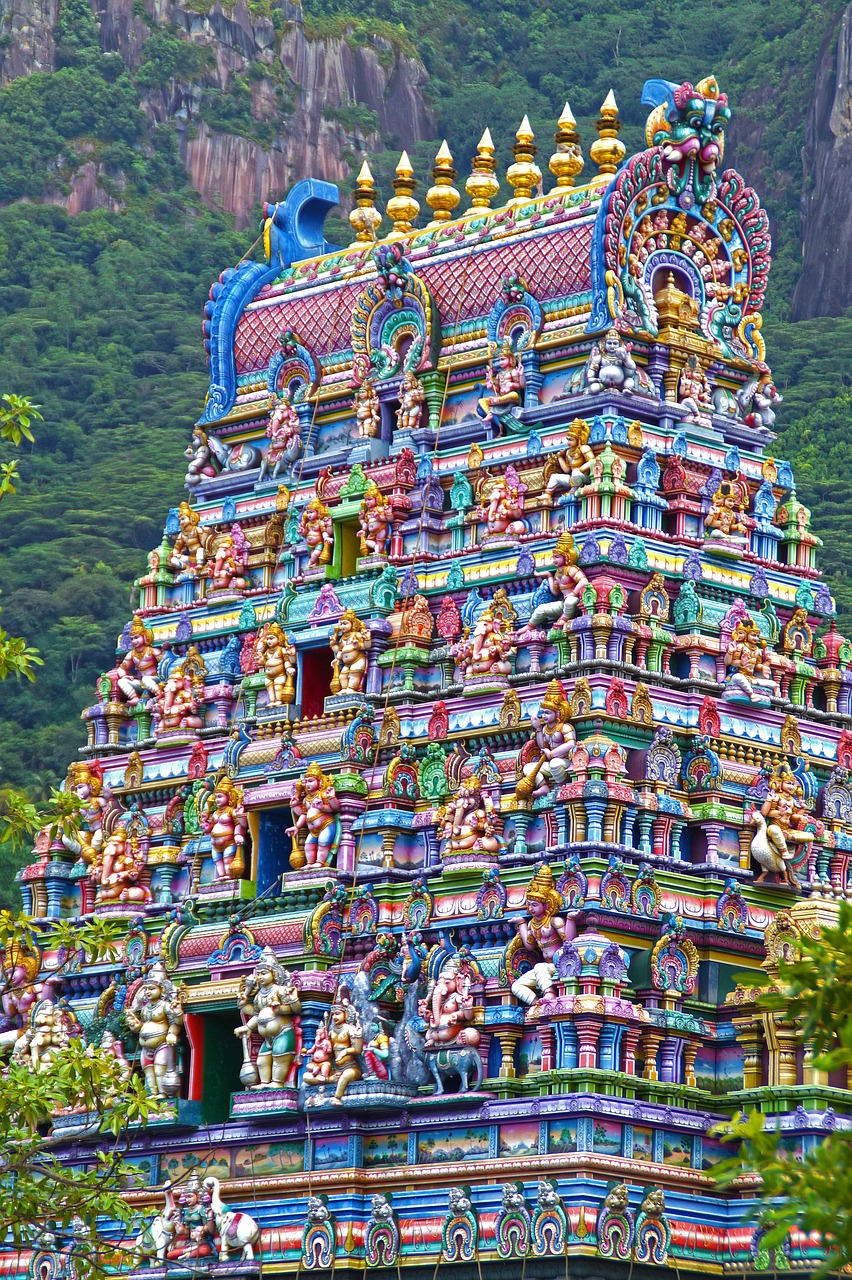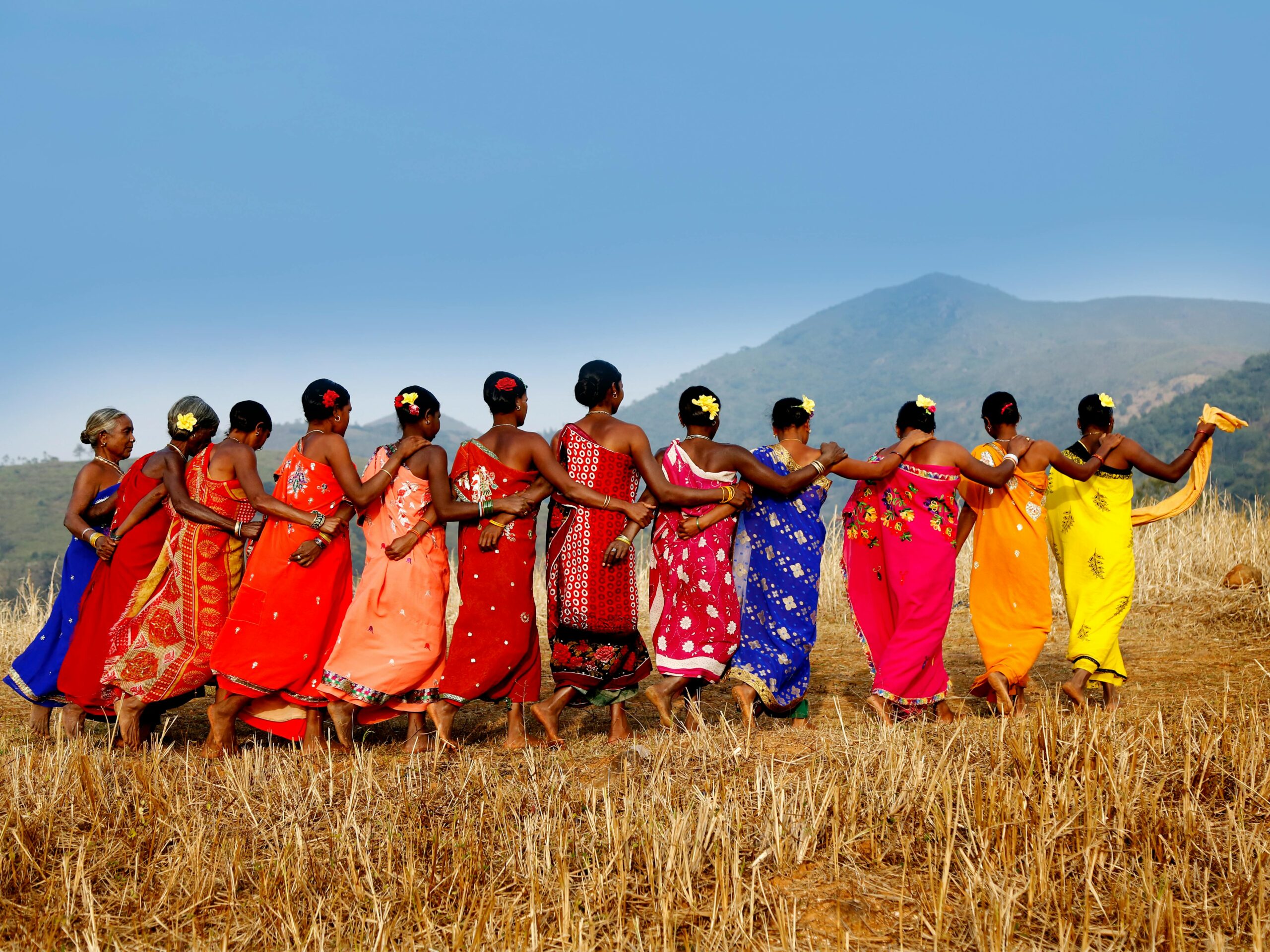The Kunbi Dance is a traditional folk dance of Goa, performed primarily by the Kunbi tribe, one of the earliest inhabitants of the region. This dance showcases the simplicity, vibrancy, and cultural heritage of the tribal community, reflecting their agrarian lifestyle and deep connection with nature.
Key Features of Kunbi Dance
- Cultural Context:
- The Kunbi dance is performed during festivals, harvest celebrations, and social gatherings.
- It is deeply rooted in the daily lives of the Kunbi people, showcasing their customs, traditions, and agrarian activities.
- Dance Formation:
- The dancers, primarily women, form lines or circles.
- Men also participate in some performances, adding energy and dynamism.
- Movements:
- The dance involves rhythmic and graceful movements, including swaying, clapping, and spinning.
- Dancers often mimic agricultural tasks like sowing, reaping, or plowing in their gestures.
- Music and Instruments:
- Accompanied by folk songs sung in the local Konkani dialect.
- Instruments like the Ghumot (a traditional percussion instrument) and Dhol are commonly used to enhance the rhythm.
- Attire:
- Women wear traditional Kunbi sarees in a simple drape, tied above the ankle to allow free movement.
- Men wear loincloths or dhotis, along with turbans, representing the tribal lifestyle.
Themes and Symbolism
- Agricultural Life:
- The dance highlights themes of farming, harvest, and community bonding.
- Unity and Joy:
- Symbolizes togetherness and the joy of collective work and celebration.
- Cultural Identity:
- Reflects the distinct traditions and way of life of the Kunbi tribe.
Occasions for Performance
- Harvest Festivals: Celebrated during the harvesting season to express gratitude to nature.
- Weddings and Social Gatherings: Performed to entertain and bring the community together.
- Religious Ceremonies: Sometimes performed during temple festivals or rituals.
Modern Relevance
- Preservation of Heritage:
- The Kunbi dance is promoted in cultural events and festivals to preserve Goa’s tribal traditions.
- Tourism and Education:
- Frequently showcased at cultural programs, it serves as a window into the tribal culture of Goa.
- Folk Revival:
- Efforts by the government and cultural organizations aim to revive and sustain this dance form amidst modern influences.
Distinction from Other Goan Dances
- Unlike the Fugdi dance, which is more widespread and performed by women of various communities, Kunbi dance is specific to the Kunbi tribe and deeply tied to their tribal identity and lifestyle.
The Kunbi dance, with its earthy charm and cultural richness, serves as a bridge between Goa’s ancient tribal past and its vibrant present, ensuring the legacy of the Kunbi community continues to thrive.

